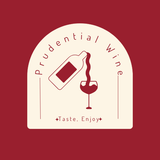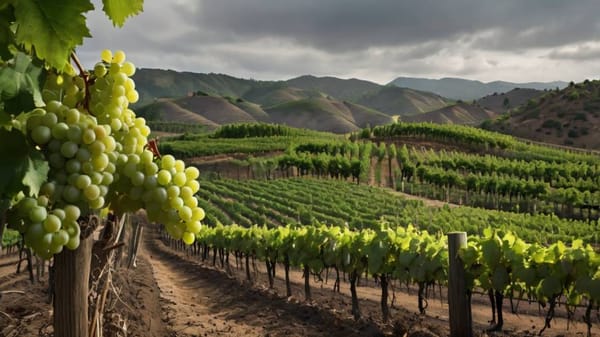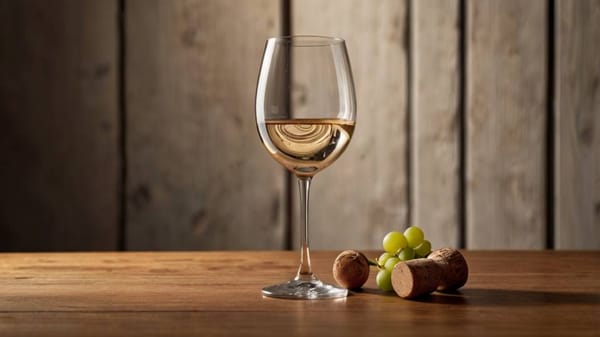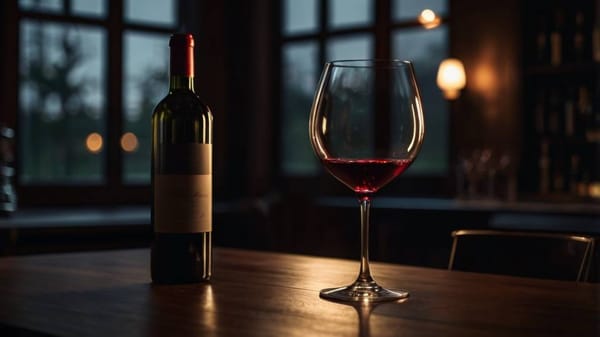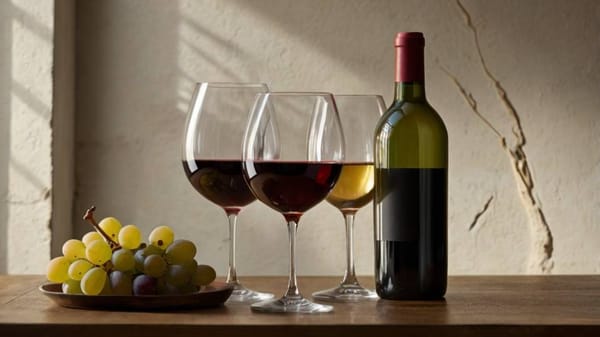How to Create a Wine Moment Without the Fuss
You don’t need expertise to enjoy wine. Learn how to create rich, focused wine moments with confidence, curiosity, and intention.
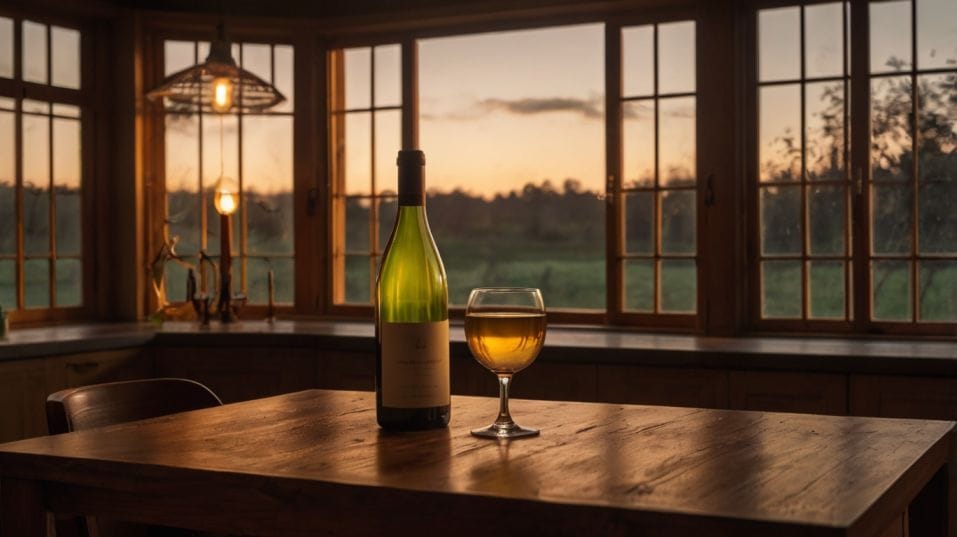
What if the key to enjoying wine isn’t knowing more—but noticing more? You don’t need rare bottles, fancy glasses, or the perfect pairing. All you need is a quiet moment, a clean glass, and your full attention.
If you're curious about wine but unsure where to start, this is your invitation. Forget the fuss. Focus on the feeling. Because when you start tasting with intention, wine stops being background—and becomes something meaningful.
Begin with Intention, Not Instructions
Before you reach for the corkscrew, clear some space—physically and mentally. No distractions, no background noise you can’t ignore.
You’re not turning your kitchen into a tasting room, but you are turning your attention toward the wine. That shift—however subtle—is everything.
Wine rewards focus. The more attention you give it, the more it gives back. You don’t have to know what you’re looking for right away. You just have to decide that it’s worth looking.
The Right Glass Is the One That Works
Forget about expensive stemware or collecting a dozen shapes for every varietal. Start with one good all-purpose wine glass: clear, thin, and with a slight taper at the top.
That inward curve catches aroma, helping you perceive more with every sip. It doesn’t have to be fancy—it has to be functional.
And clean it well. Any trace of soap, dust, or leftover residue will dull the experience. A well-rinsed, neutral glass is your baseline.
It’s a small act of care that signals you're showing up with intention. That’s what a wine moment is—intention over effort. Presence over performance.
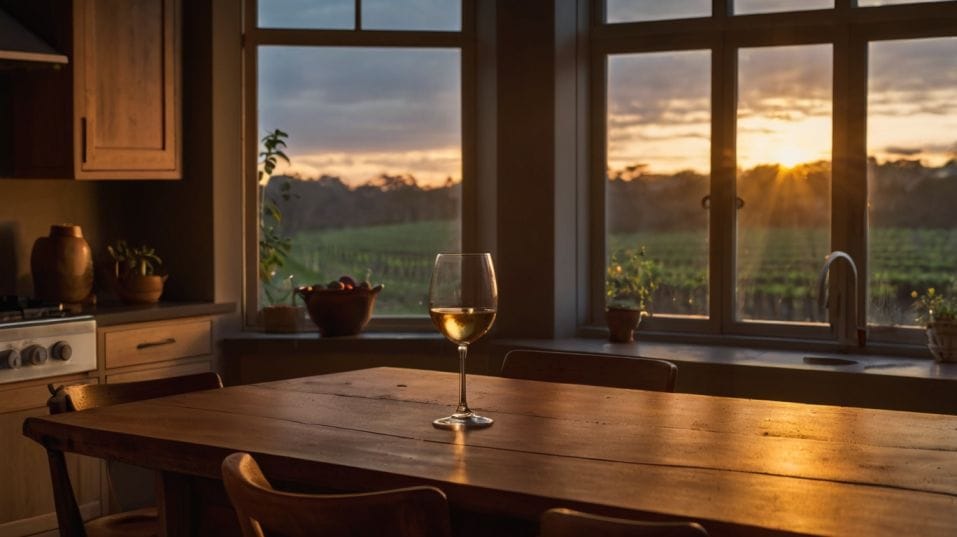
Pour Less, Taste More
Start small. Two or three ounces is enough. Swirl if you like—but gently. This isn’t about theatrics; it’s about waking up the wine. Movement exposes it to air, unlocking aromas and softening its sharper edges.
Take a breath. Don’t rush to identify what you smell. Just notice what hits you first: something fruity, something earthy, something sharp, maybe even something you can’t name yet.
That’s fine. That’s normal. Over time, your senses will build a vocabulary of their own. The more you notice, the more you’ll remember.
The color can tell you a lot too. Is the wine pale and translucent? Deep and opaque? That visual cue hints at body and age, sometimes even climate.
A lighter color might suggest freshness; a deeper hue could indicate concentration or ripeness. Don’t overanalyze—just observe. These are tools for awareness, not rules for judgment.
Taste With Curiosity, Not Expectation
Now, take a sip. Hold it for a moment. Let it move across your tongue before you swallow. Notice how the wine behaves in your mouth. Is it bright and acidic? Round and soft? Does it leave a dry grip on your gums or a silky finish?
This is structure—not just flavor—and it matters. It’s how you experience wine as texture, weight, rhythm. These impressions help you understand what you like and why, even when you’re not sure how to describe it.
Don’t worry about naming notes like “cherry” or “graphite.” Focus on what the wine does rather than what it is. That’s how real insight begins.
Don’t Perform, Just Pay Attention
It’s easy to fall into the trap of performative wine tasting—especially when you’re learning. But the truth is, nobody’s watching. This moment is yours.
You don’t have to impress anyone, or prove anything, or nail every descriptor. You’re building muscle memory. Every wine you taste—good or bad, simple or complex—is a piece of the puzzle.
Tasting is like language. The more you’re exposed to, the more fluent you become. Not just in naming flavors, but in understanding balance, origin, personality.
That kind of fluency takes time. It also takes honesty. You won’t love every bottle—and you’re not supposed to. The key is paying attention to why.
Create a Ritual That Grounds You
This doesn’t have to be a full ceremony. But even a small ritual can help signal that this is time worth savoring. Maybe it’s tasting with a journal nearby. Maybe it’s drinking slowly while cooking dinner.
Maybe it’s pausing to reflect on one part of the wine—how the finish lingers, or how the aroma changed in the glass after ten minutes. You’re not just drinking. You’re building taste. And that builds confidence.
Choose Smarter by Tuning Into Style
As you get more comfortable, your bottle choices become easier—not because you’ve memorized regions or learned wine jargon, but because you’re tasting by style. You know you like wines that feel fresh and clean, or bold and savory.
You start asking better questions at the shop: “Do you have something lean and mineral?” “Is this fuller-bodied or more delicate?” You're learning how to choose with intention, not just guesswork.
And when you do want to branch out, you’ll know where to go next—not by chasing trends, but by following your palate.
Wine as a Practice, Not a Performance
Think of wine the way you’d think of music or art or reading. You don’t have to know every technical detail to appreciate it.
You just need time, exposure, and curiosity. Some wines will stick with you. Others won’t. Some will challenge you in the best way. Others will fall flat.
That’s part of the process. It’s not a sign you’re getting it wrong—it’s a sign you’re paying attention. Every glass you taste with presence moves you forward.
Final Thoughts
A wine moment doesn’t require perfect knowledge, a curated playlist, or a marble cheese board. It requires attention.
A clear glass, a quiet pause, and the willingness to be present. That’s what elevates the experience. You don’t need to know more to enjoy wine better.
You need to notice more. So pour a little. Taste slowly. Ask yourself what you’re feeling, not just what you’re tasting.
And the next time you open a bottle—whether it’s Tuesday night or a special occasion—add one new layer of intention. That’s how wine becomes something more. Try it tonight.
